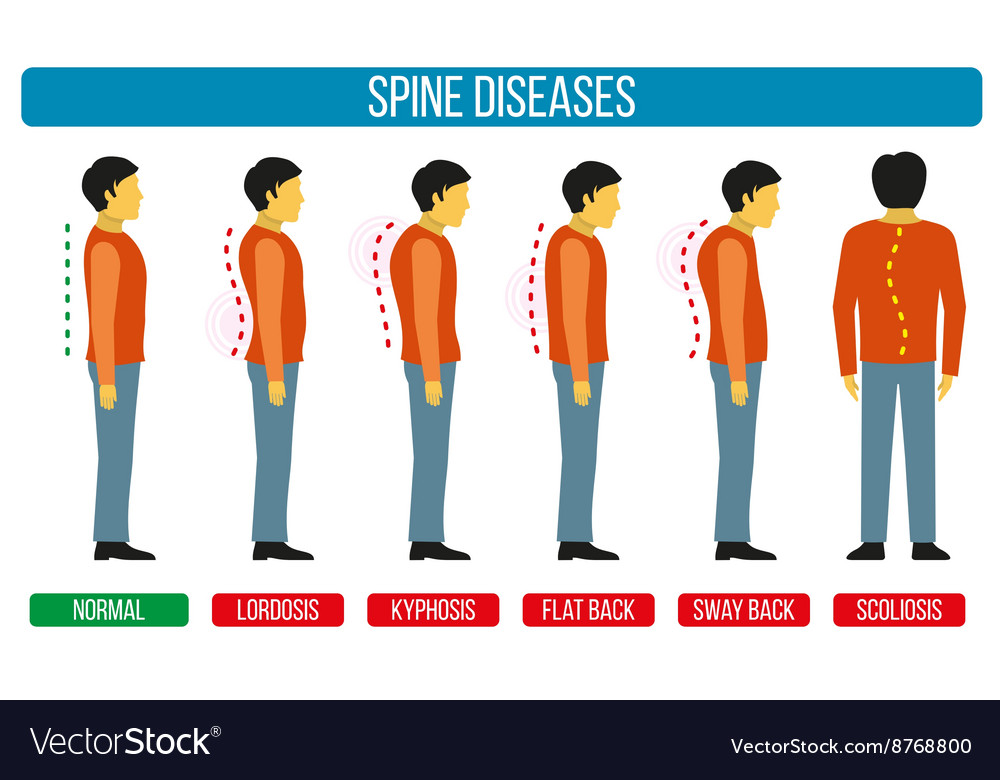Just When You Believe Relief Is Near, Soft Tissue Treatment Exposes Its Uneasy Facts-- Uncover Why The Process Can Be Excruciating Yet Advantageous
Just When You Believe Relief Is Near, Soft Tissue Treatment Exposes Its Uneasy Facts-- Uncover Why The Process Can Be Excruciating Yet Advantageous
Blog Article
Author-Cleveland Saleh
When you undertake soft Tissue treatment, you might discover it surprisingly unpleasant. This discomfort emerges as stress is put on tense muscles and broken tissues, triggering your pain receptors. While it can feel traumatic in the moment, there's a factor behind this feeling. Understanding what occurs in your body during these treatments can help you value the procedure. So, exactly what is taking place underneath the surface area?
The Physiology of Pain Throughout Soft Tissue Therapy
When you go through soft Tissue treatment, your body's feedback to pain is an intricate interplay of physiological processes. As the therapist uses stress, your body activates pain receptors, sending out signals to your mind. This causes the release of natural chemicals, such as material P and glutamate, which magnify the experience of discomfort.
Your muscular tissues might also tighten in feedback, further making complex the experience. On top of that, your body may launch endorphins, all-natural painkillers that can help minimize some pain.
The communication between these procedures can create a special experience for each and every individual. Comprehending this physiological reaction helps you browse the experiences during treatment, enabling you to appreciate the balance in between discomfort and the possibility for recovery benefits.
The Duty of Pain in the Healing Process
Although discomfort during soft Tissue therapy can feel overwhelming, it plays an essential duty in the healing process. When you experience pain, your body is signifying that it's working to repair damaged cells. This reaction aids enhance blood circulation to the afflicted location, providing crucial nutrients and oxygen required for recovery.
Additionally, pain can promote the launch of endorphins, your body's natural medicines, developing a feeling of relief post-treatment. Embracing simply click the next internet page can assist you comprehend your body's limits and urge you to resolve underlying issues.
While it's uncomfortable now, this procedure is crucial for lasting recovery and improved feature. Identifying pain as an important part of healing can equip you to remain dedicated to your treatment.
Tips for Managing Discomfort Throughout and After Therapy
Taking care of discomfort throughout and after soft Tissue treatment can significantly enhance your overall experience and recovery.
To start, connect openly with your therapist about your pain degrees; they can readjust techniques as necessary. Utilizing deep breathing techniques can additionally help you unwind and reduce pain.
Take into consideration applying ice to the treated location post-session to reduce swelling and numb pain. Remaining hydrated aids in the healing process, so consume lots of water.
Gentle extending and light activity after therapy can advertise blood flow and ease rigidity. click the up coming webpage but not least, guarantee you get appropriate remainder to permit your body to recover.
Applying these tips can make your soft Tissue therapy extra manageable and delightful.
Verdict
Finally, while soft Tissue treatment can be uneasy, it's important to identify that this pain plays a vital role in your recovery journey. By comprehending the physical reactions at play, you can come close to the therapy with an extra positive mindset. Remember, the first discomfort frequently gives way to alleviation as your body launches endorphins. Embrace the process, and don't hesitate to utilize the pointers for handling pain to improve your experience and recovery.
